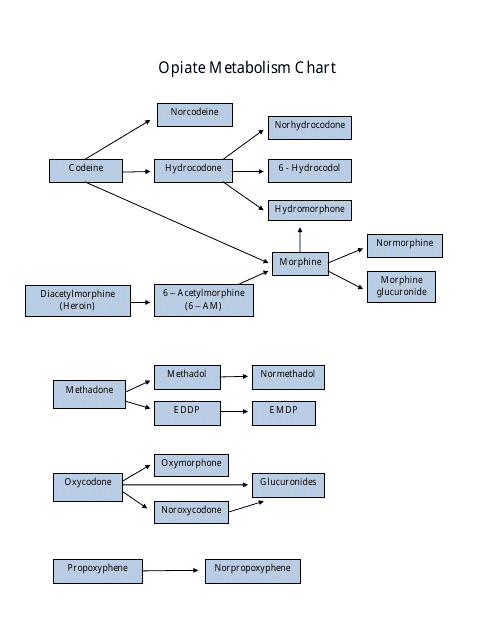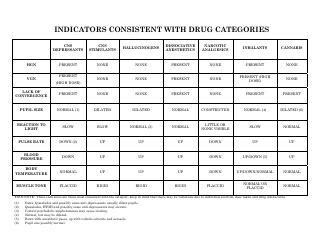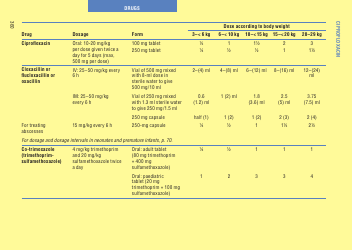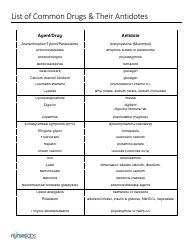Opiate Metabolism Chart
The Opiate Metabolism Chart is used to understand how the body processes and breaks down different types of opiate drugs. It provides information on how long these drugs may stay in the body and can be helpful for medical professionals in determining appropriate dosage and monitoring drug metabolism.
The Opiate Metabolism Chart is typically filed by pharmaceutical companies, regulatory authorities, or scientific research institutions.
FAQ
Q: What is an opiate?
A: An opiate is a type of medication or drug that is derived from the opium poppy plant.
Q: What is opiate metabolism?
A: Opiate metabolism refers to the process by which opiates are broken down and eliminated from the body.
Q: Why is opiate metabolism important?
A: Opiate metabolism is important because it determines how long opiates will remain in the body and how they are processed by the liver.
Q: How are opiates metabolized in the body?
A: Opiates are primarily metabolized in the liver by enzymes called cytochrome P450.
Q: What factors can affect opiate metabolism?
A: Factors that can affect opiate metabolism include individual variations in liver enzymes, the presence of other medications or substances in the body, and the overall health of the liver.
Q: What are the main metabolites of opiates?
A: The main metabolites of opiates include morphine, codeine, and heroin.
Q: How long do opiates stay in the body?
A: The length of time that opiates stay in the body can vary depending on factors such as the specific opiate and individual metabolism, but they can generally be detected in urine for 2-3 days.
Q: Can opiate metabolism be affected by other medications?
A: Yes, opiate metabolism can be affected by other medications, particularly those that interact with the same liver enzymes.
Q: Are there any genetic factors that can affect opiate metabolism?
A: Yes, certain genetic variations can impact opiate metabolism, leading to differences in how individuals respond to opiates.
Q: What happens to opiates after they are metabolized?
A: After opiates are metabolized, they are typically eliminated from the body through urine or feces.



















